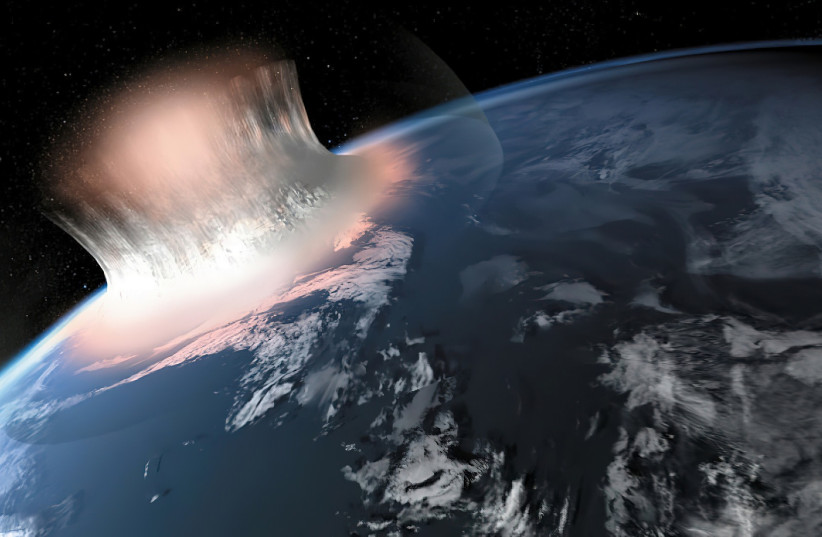A new first-of-its-kind mission will see a spacecraft intentionally crash into an asteroid to see if it is possible to deflect its trajectory — something that could potentially save mankind from catastrophe in the future.
Called the Double Asteroid Redirection Test (DART) Mission, the test is the result of collaboration between NASA and John Hopkins University’s Applied Physics Laboratory (APL), and will take off early Wednesday morning from Vandenberg Space Force Base in California onboard a SpaceX Falcon 9 rocket.
Its target is Dimorphos, a 160-meter-wide asteroid that is part of the Didymos binary asteroid system, and is set to arrive there in September 2022, colliding at a speed of around 6.6 kilometers per second. This will coincide with Dimorphos being within 11 million kilometers of Earth, close enough for observers on Earth to measure the impact and any change in trajectory.
One of the lead scientists behind it, Andy Rivkin, even wrote a song about it.
The DART spacecraft is relatively simple and low-cost. It is essentially a box that is 1.2 x 1.3 x 1.3 meters, with other structures extending from it. In total, it is 1.8 meters in width, 1.9 meters in length and 2.6 meters in height. The craft has a mass of around 610 kg., but on impact will have a mass of 550 kg. It carries around 50 kilograms of propellant for maneuvers and attitude control and 60 kilograms for propulsion, though it will use just 10 kilograms of the latter.
The technology involved, apart from the Didymos Reconnaissance and Asteroid Camera for Op-nav (DRACO) and sophisticated navigation software designed to ensure the maximum amount of precision, includes the "kinetic impactor" technique, which should be able to change an asteroid's motion in space.
In layman's terms, it means punching an asteroid with a rocket with enough speed to change its direction by a fraction of a percent — a process NASA has likened to a “pillow fight in microgravity.”
Even if only by a fraction of a percent, the change would be enough to be observed and measured by astronomers.
But why is this so important?
An asteroid impact is one of the worst possible natural disasters that could occur. The danger of even small ones is something well-known to experts, with space agencies around the world monitoring for potential catastrophic impacts, as well as researching potential means of stopping them.
The last known significant asteroid impact was on February 15, 2013, when an asteroid exploded in the air above Chelyabinsk, Russia. While it didn't cause any fatalities, the shock wave from the explosion shattered windows in six different Russian cities and caused 1,500 people to need medical attention.
That asteroid was just 17m. in diameter But many others, like Dimorphos, are much larger, and any asteroid with a diameter of at least 140 meters could be catastrophic if it impacted the planet. Something as big as Dimorphos crashing into Earth would be far more destructive than a typical nuclear bomb. Something even larger, over 300 meters like the asteroid Apophis, could destroy an entire continent.
And an asteroid over a kilometer in size could trigger worldwide cataclysms.

NASA has determined that the Earth is free of risk from any impact of known asteroids for the next century. However, things can change due to gravitational flux – and, more importantly, the space agency can't predict asteroids coming from the "back," meaning from the direction of the sun. So building a defense strategy against a catastrophic asteroid impact is something worth investing in.
DART is humanity’s first step at doing just that. And given that so many Near-Earth Objects (NEOs) are spotted by astronomers well in advance, knowing if DART works and can be used to prevent incoming disaster is valuable information because a minuscule change in trajectory can make all the difference.
But even if it fails, it will no doubt bring important data and knowledge for future planetary defense measures.
Natan Rothstein contributed to this story.
